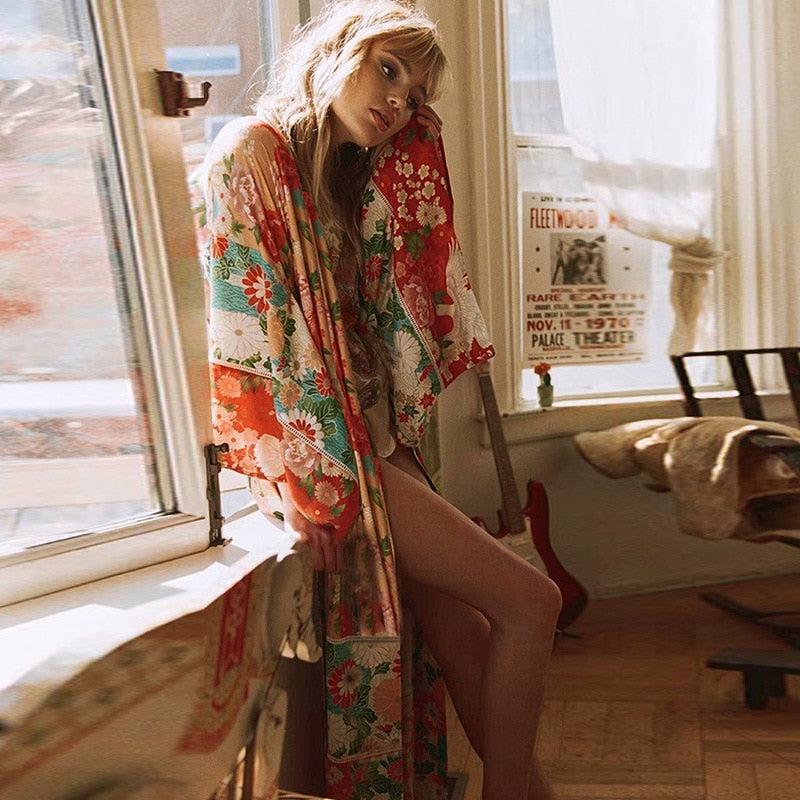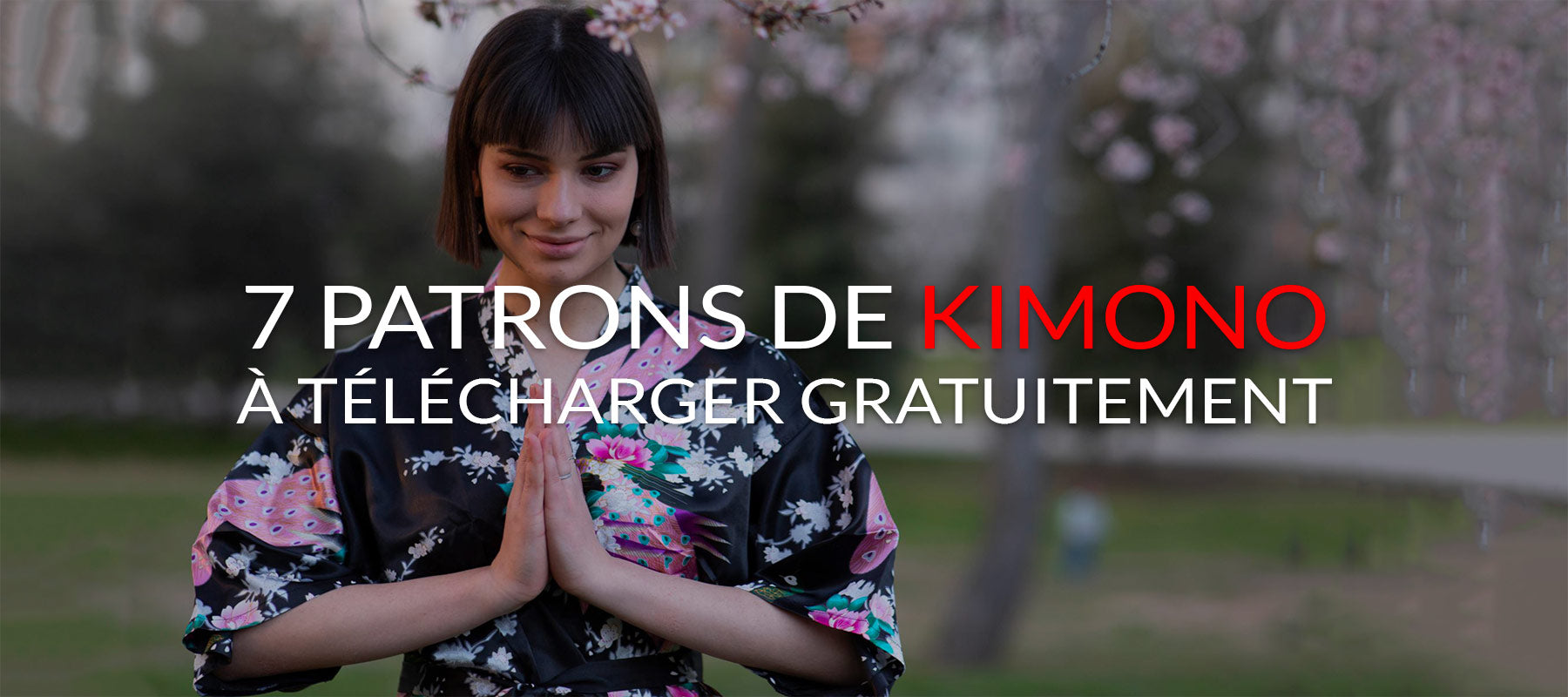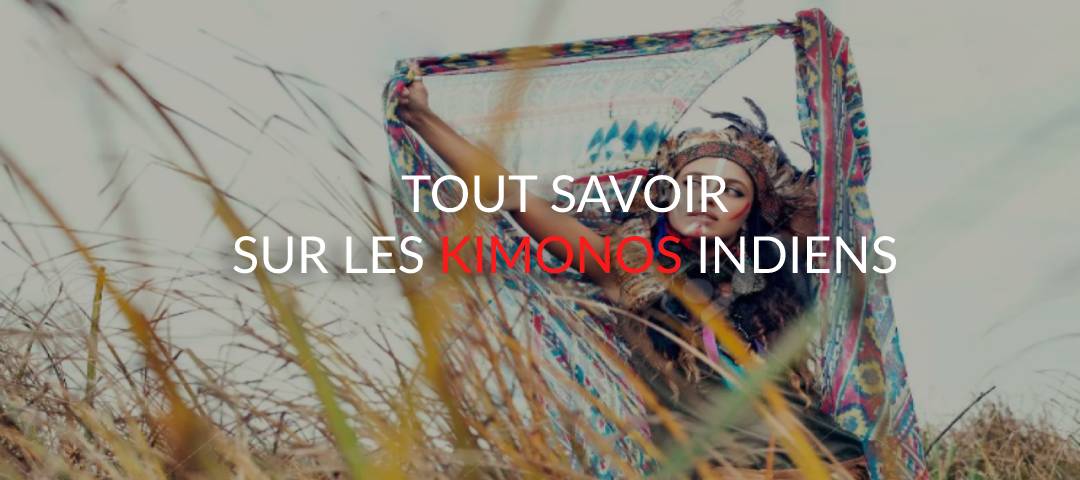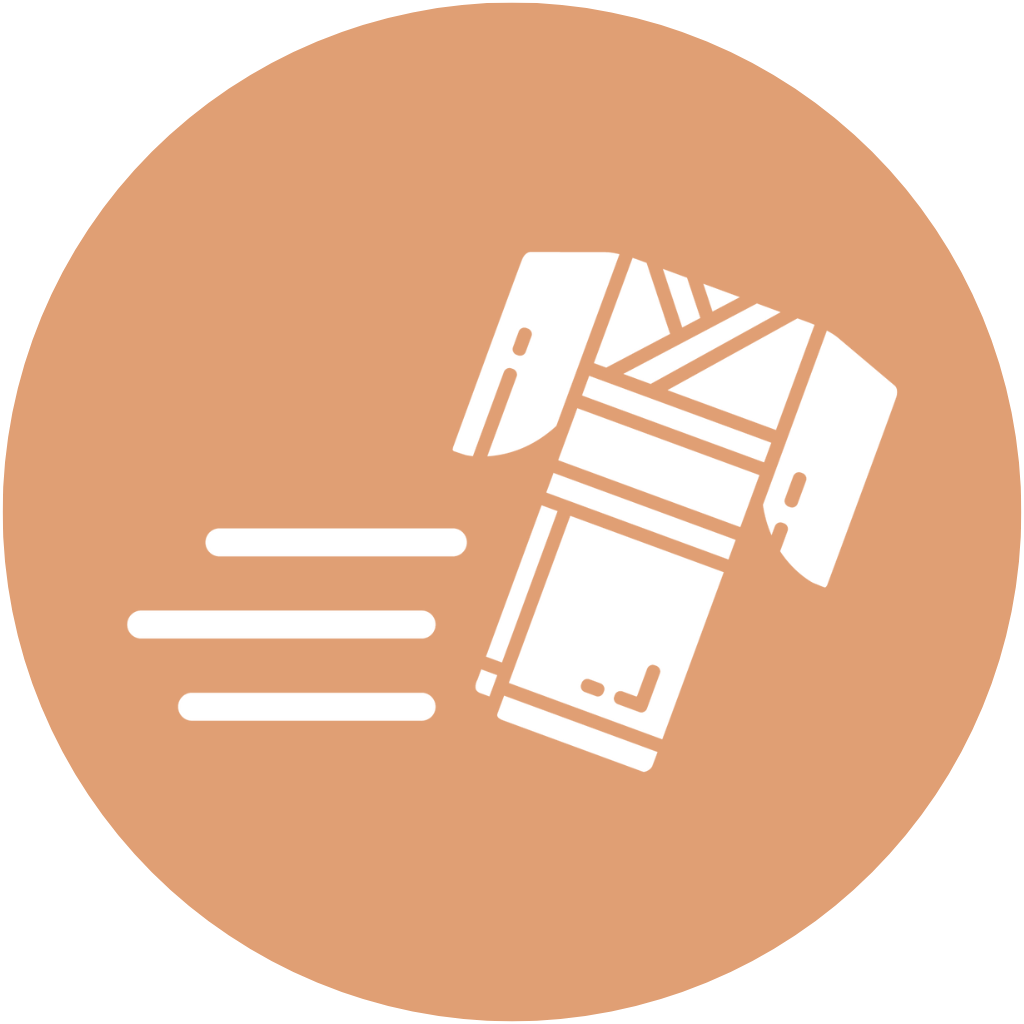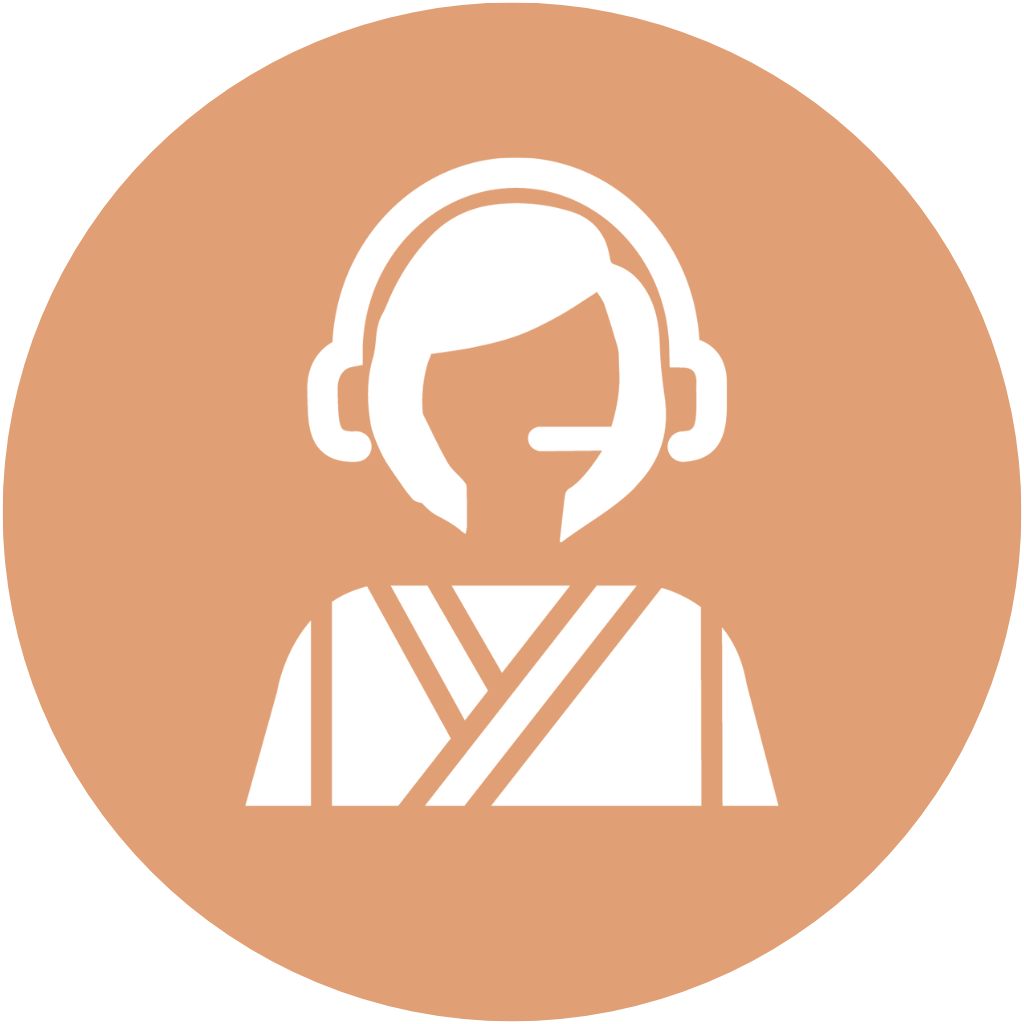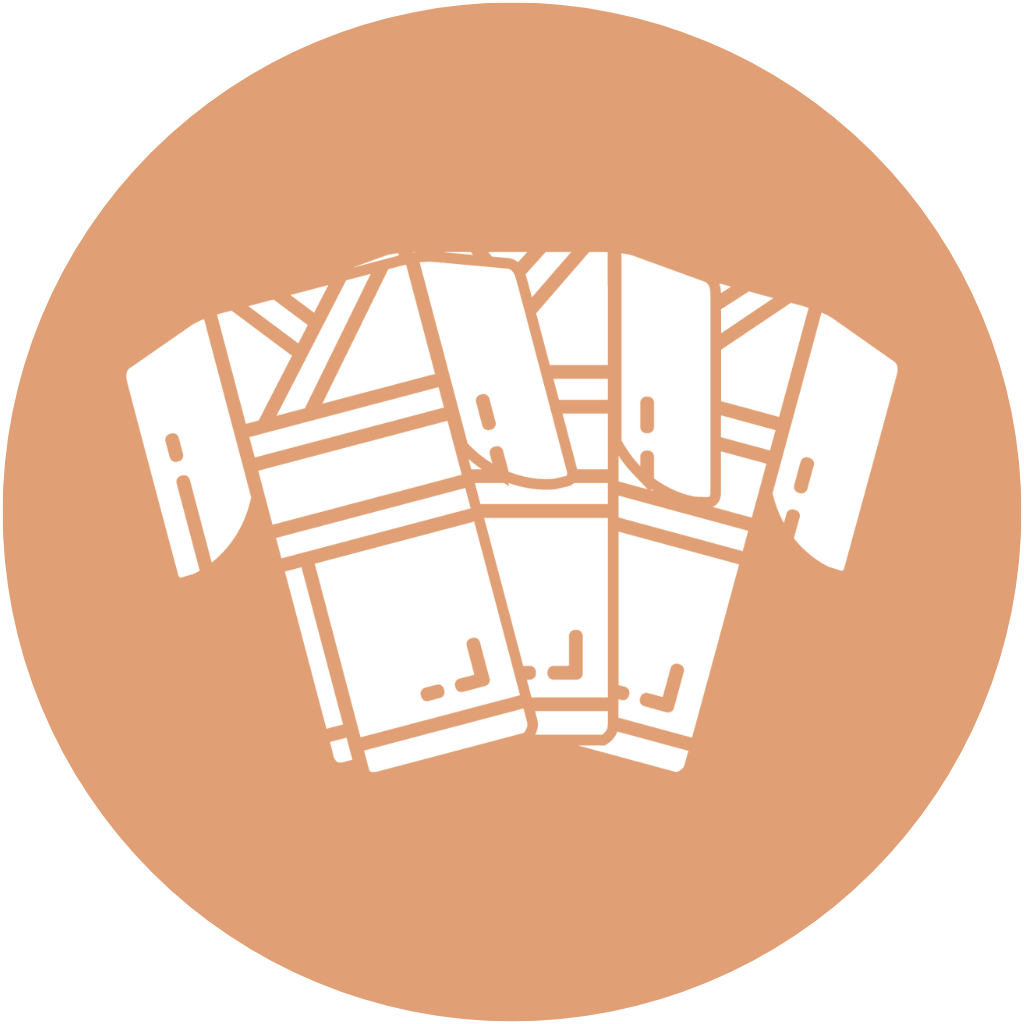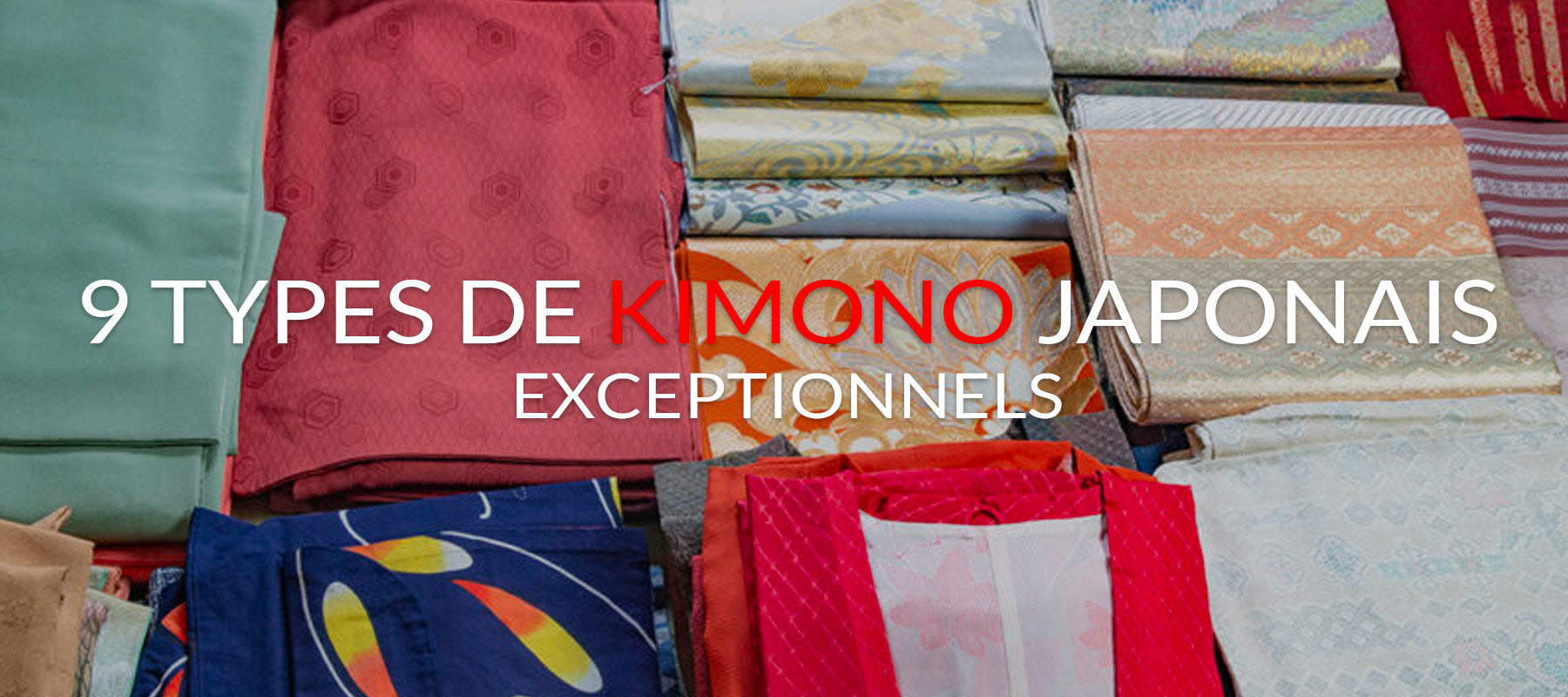
9 Exceptional Types of Kimono
Kimono literally means "something to wear," and there are many types of Japanese kimonos for different occasions.
The foundation of the kimono is, of course, the kimono robe itself. There are different styles, patterns, and colors of kimono to suit the seasons. However, there is also a marked difference between the types of Japanese kimonos.
Each has its unique place in Japanese culture and customs. Impress your friends with your knowledge of kimono styles!
Kimono Type #1: Furisode (振袖)

Let's start with the most formal type of Japanese kimono, the furisode . Single women wear the furisode, which has sleeves between 100 and 107 cm long. Furisode kimonos often have very dramatic designs intended to attract attention.
In fact, there are three different types of furisode kimonos with different sleeve lengths: the Kofurisode (小振袖) with short sleeves, the Chu-furisode (中振袖) with medium sleeves and the Ofurisode (大振袖) with sleeves that reach almost to the ground.

Ofurisode is the most common and formal type of furisode kimono. It also features some padding that adds weight and durability. Typically, Ofurisode is worn at formal ceremonies by entertainers or brides at a wedding as one of the more elegant kimono styles.
Chu-furisode have become more popular among young women . Unlike Ofurisode, they do not have padding inside. Therefore, they are lighter and cooler .

Kofurisode, which have the shortest sleeves, can also be worn with formal trousers, or hakama . Compared to other types of furisode kimonos, it is not as common. The look, especially with the hakama and boots, is reminiscent of the Meiji period. At that time, this was the style of kimono worn by many Japanese schoolgirls.
Kimono Type #2: Hikizuri (引きずり)

Before the Meiji era, the Hikizuri kimono was worn by wealthy, high-ranking women. Today, the chances of seeing this type of kimono in public are very slim, unless you are in Kyoto or the Asakusa district of Tokyo. Hikizuri means "trailing skirt," and the kimono got its name because of its length. Its elegant fabric is worn with elegance.
Unlike other types of kimono, the Hikizuri kimono is primarily worn by geisha , maiko , or traditional Japanese dance performers . With modern times, women have had more opportunities to leave the house, leading to today's kimono styles that require folding extra fabric around the waist .
Kimono Type #3: Tomesode (留袖)

The Tomesode is the most formal type of kimono worn by married women . Specifically, the pattern of a Tomesode is always below the waist and features a beautiful design. In fact, it sometimes includes gold. In Western culture, this type of kimono is equivalent to an evening gown . It features either 3 or 5 ridges. The latter type of kimono is more formal, and there are colored varieties or simply black. The black variety, Kuro Tomesode, is only worn by married women.
However, colorful Iro Tomesode can be worn by unmarried women. Of course, Tomesode make their appearance at formal events like weddings and tea ceremonies . Among other types of kimono, it is one of the most stunning.
Kimono Type #4: Houmongi (訪問着)

What is Houmongi ? The literal meaning of Houmongi is "visiting attire," and these types of semi-formal kimonos are worn by both married and single women. Houmongi come in many elegant colors and patterns that are suitable for various ceremonies and semi-formal parties. The pattern flows over the shoulder to the seams on the back, visible on the sleeves and below the waist.
This style of kimono is created using the "eba" method, which resembles a continuous painting stretched across the entire kimono. Although its history is quite ancient, when it appeared during the Taisho period, it was a new type of kimono.
Kimono Type #5: Iro Muji (色無地)

These types of kimonos have a solid color without any pattern. The beauty of these kimono styles comes from their simplicity . Since the design is not too flashy, it does not disrupt formal events or draw too much attention to the wearer.
However, this does not mean that they are only worn on sad occasions. Iro Muji kimonos often come out of the closet for family celebrations or graduation ceremonies. There is even a specific type of Iro Muji kimono for tea ceremonies . Their formality depends on the number of badges on the kimono.
Type of Kimono n°6: Komon (小紋)

The Japanese know this kimono as the casual kimono . Compared to other types of kimono, you'll probably see these most often. They have a repeating pattern that often includes vertical stripes. Even if they are beautifully crafted, don't wear this type of kimono to a formal event! It's more ideal for a stroll around town or small celebrations.
In fact, this was the most common way of dressing before Western clothing became popular in Japan. Can you imagine a time when the streets were covered in these beautiful patterns as locals went about their business?
Kimono Type #7: Yukata (浴衣)

The light weight of this cotton kimono and the lack of undergarments make it perfect for summer. Therefore, the yukata appears during festivals or on a hot day. In fact, it is rare for people to gather at busy local festivals or spectacular summer fireworks displays without wearing a matsuri -style yukata. Although it is the most informal, the yukata is the most popular type of Japanese kimono.
Therefore, the yukata is one of the first images that come to mind when thinking of Japanese culture, especially when thinking of festive celebrations. Geta , wooden kimono shoes, are worn under this kimono and the obi is tied in a simple manner. You will have many opportunities to experience the comfort of a yukata in Japan if you visit a Japanese ryokan or hot spring town.
Type of Kimono n°8: Wedding Kimono

This is the pure white bridal kimono . The official name for this dress is "Shiromuki." Indeed, the white color of the kimono dates back to the samurai era. At that time, a woman showed her submission to the family she was marrying into. Being white meant she could easily blend in with the family's colors. It is clear that these types of kimonos have a special place in Japanese culture and history. In addition, they highlight the beautiful bride on her wedding day.
Kimono Type #9: Men's Kimonos

There are also types of kimono for men. In fact, men used to wear kimonos every day. However, men's kimono styles are not as popular today . Men's kimonos are simpler , with more muted colors . Specifically, the most formal type of men's kimono is a combination of hakama (kimono pants) and haori (kimono jacket). The most common men's kimono style, the kinagashi , is simply worn with an obi belt tied around the waist.
Japanese kimono styles have evolved over time, and the rules for wearing one have become less strict . As a result, young people are making kimonos from modern fabrics and mixing flashy colors with unconventional accessories. This also includes the many styles of obi. Now that you know the different types of Japanese kimonos , try one for yourself! There's one for every personality and occasion.
What better way to experience Japanese culture than to wear a part of it with you?
Discover a wide variety of Japanese kimono for women and Japanese kimono for men in our store.


